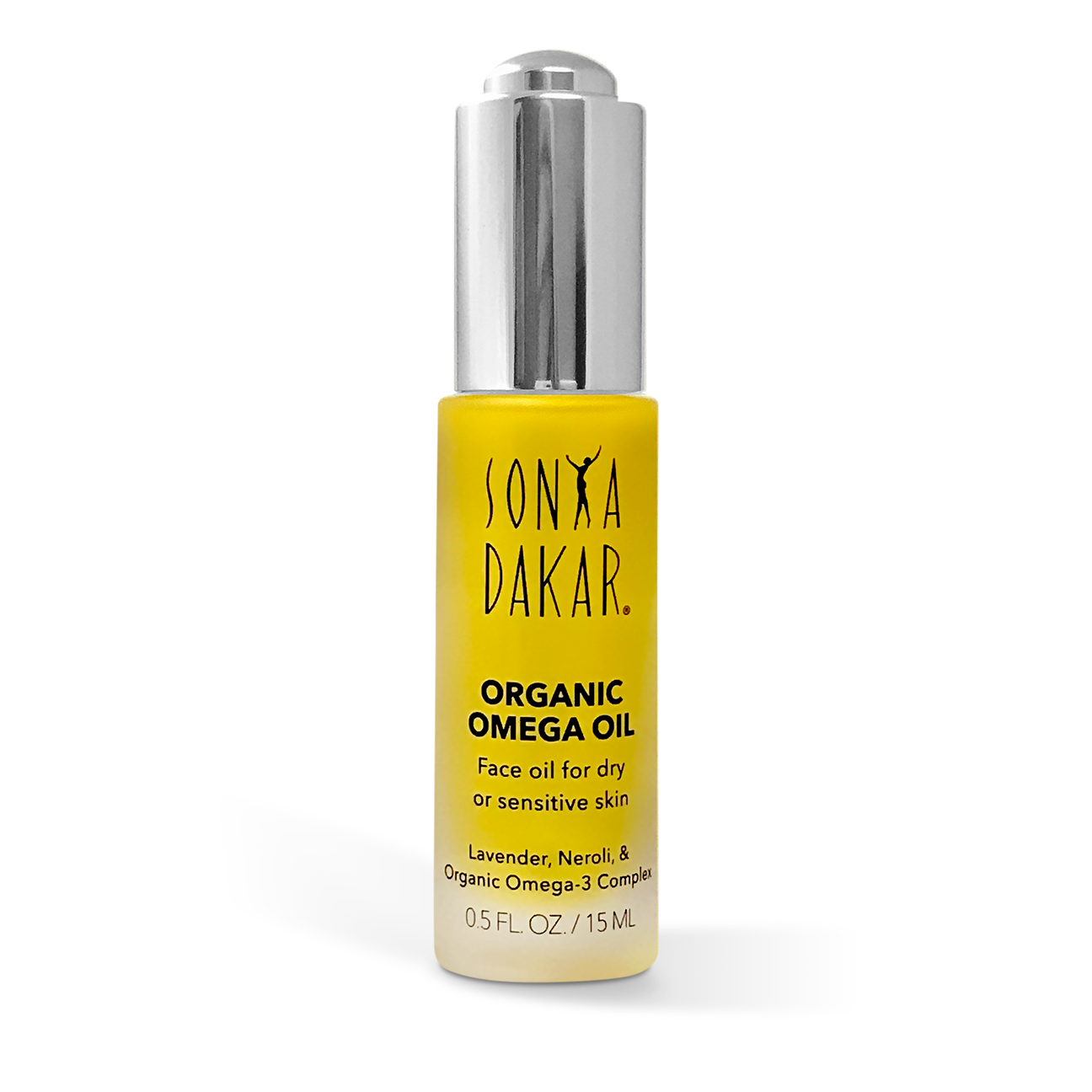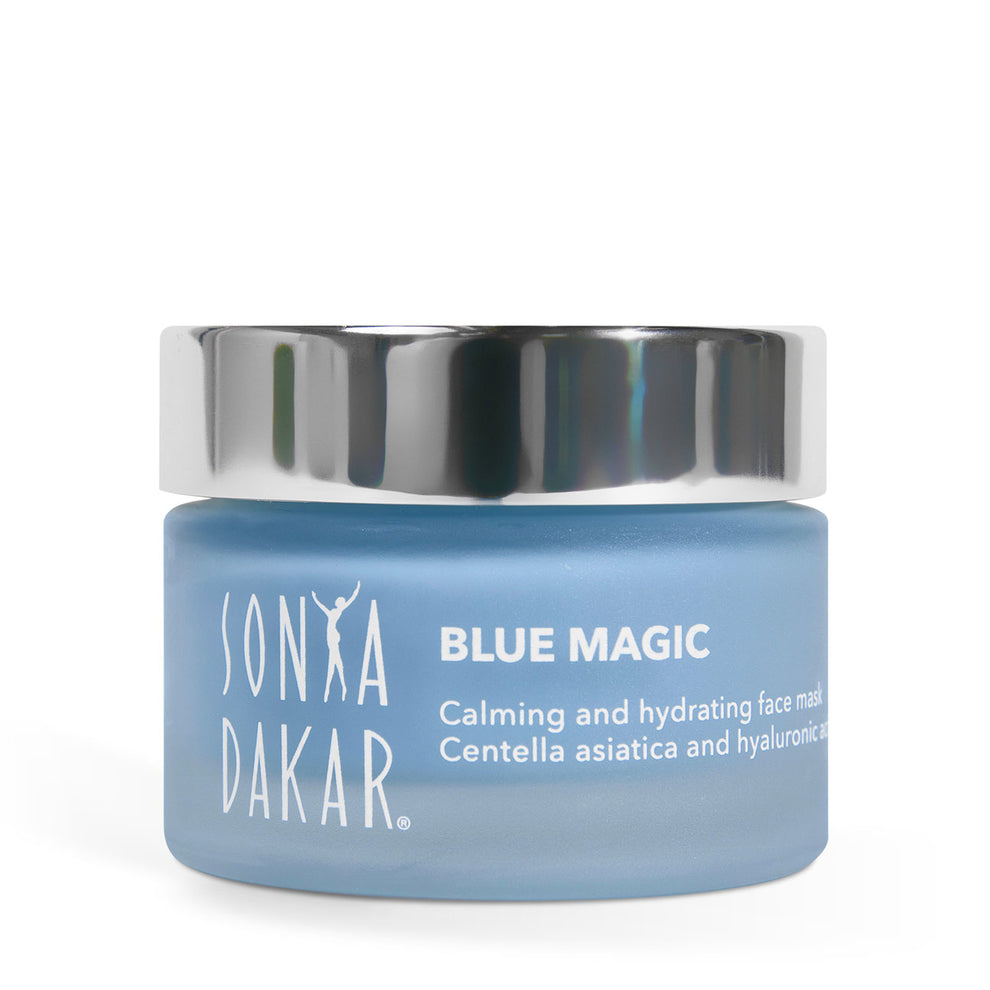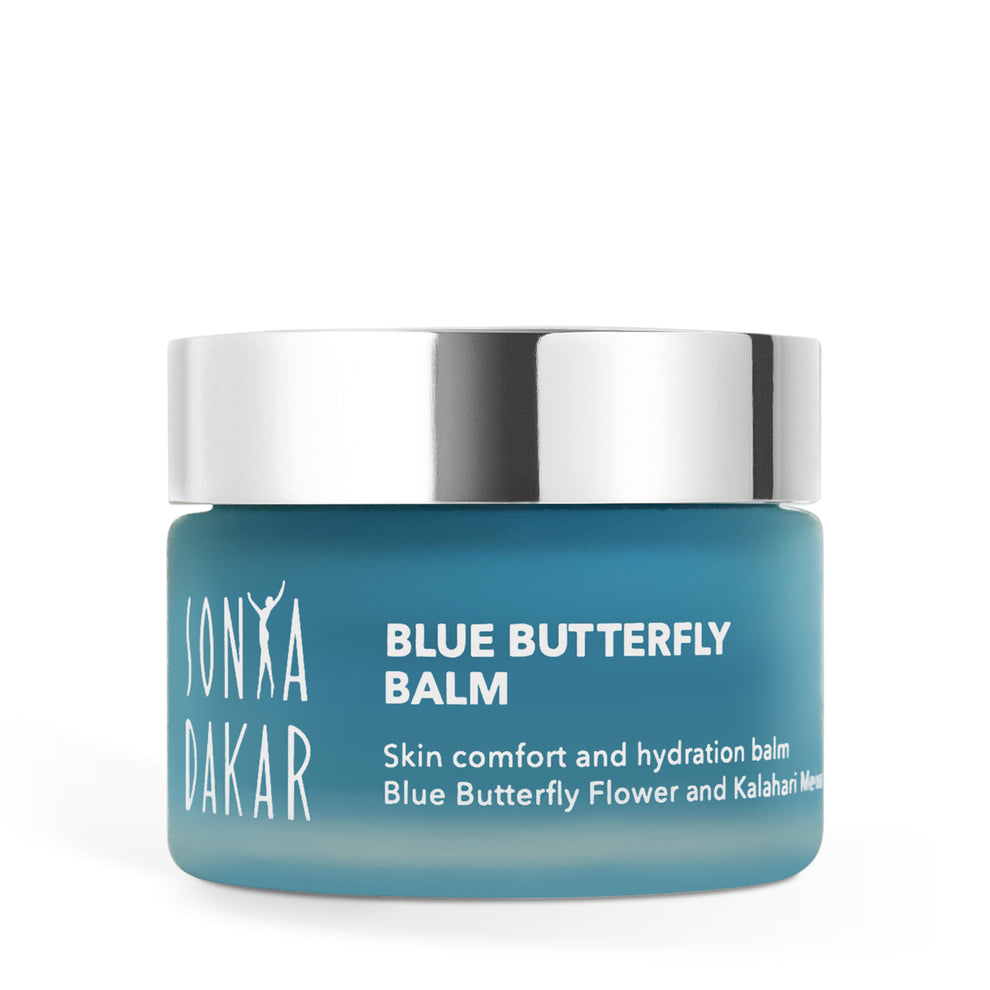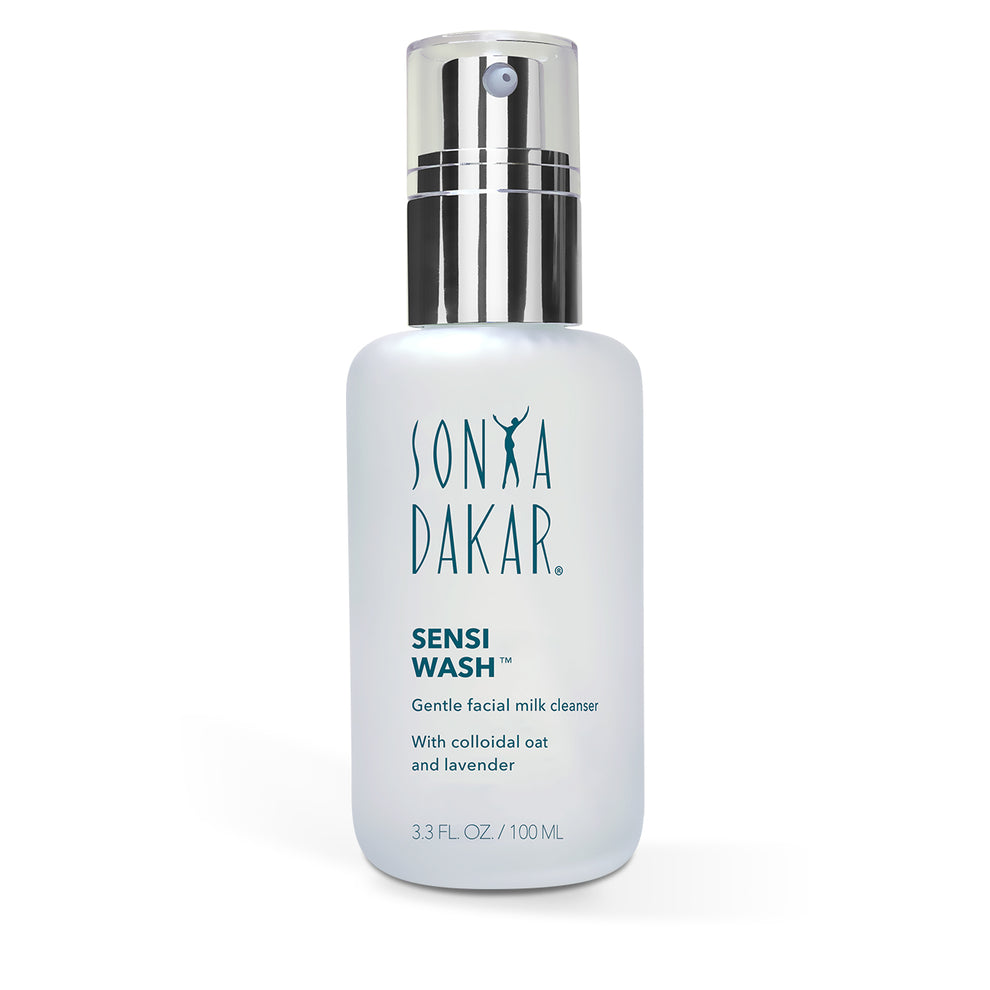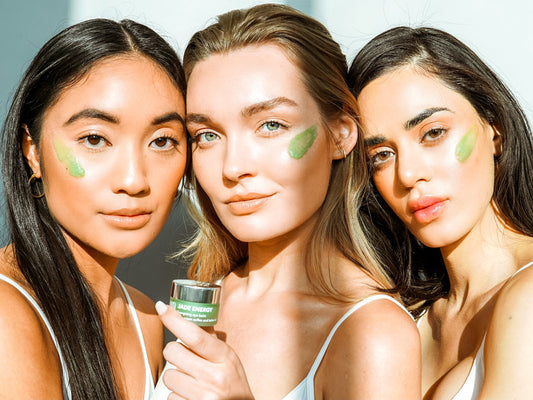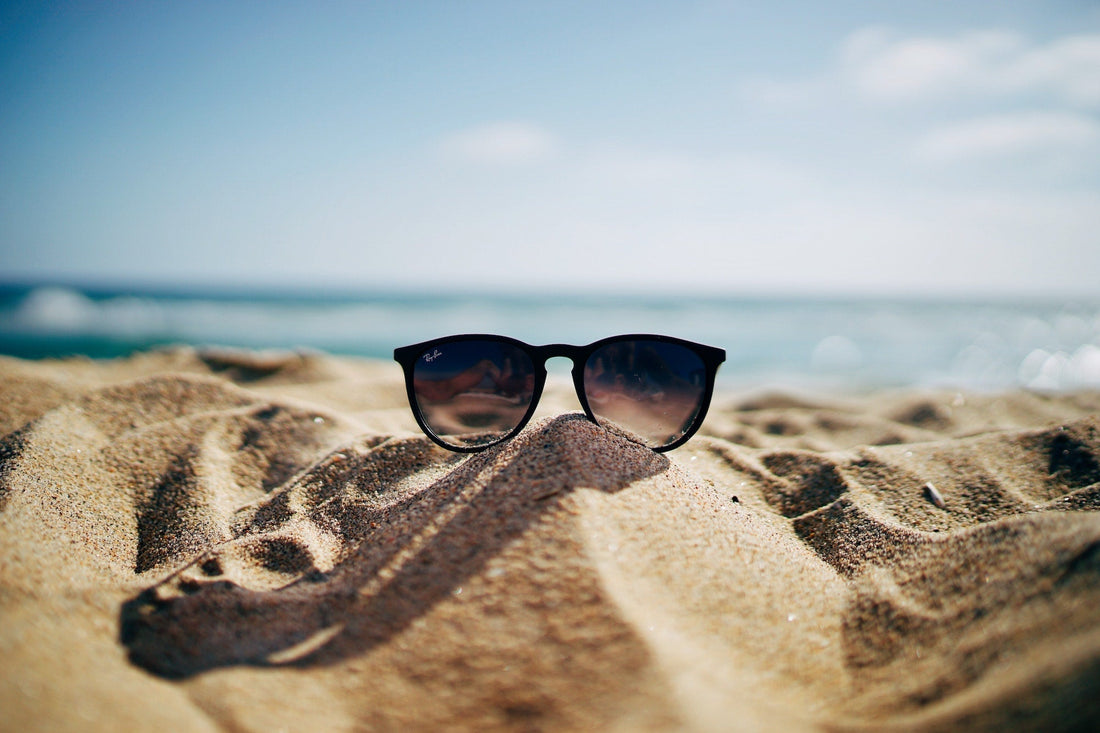
Sunburn Treatment and Prevention: Do's and Don'ts for Healthy Skin
Sunburn is not just a minor inconvenience; it's a significant skin injury caused by overexposure to ultraviolet (UV) rays and can be a major factor contributing to skin damage and increase the risk of developing skin cancer. Learn more about the causes of sunburn, why your skin peels after a sunburn, effective sunburn treatments, specific considerations for kids, signs that warrant medical attention, the link between sunburns and skin cancer, preventive measures to protect your skin and what not to do when treating a sunburn. We’ll also highlight the best products and ingredients to soothe sunburned skin.
What Causes a Sunburn?
Sunburn is a result of overexposure to UV radiation from the sun. When your skin absorbs too much UV light, it triggers an inflammatory response. The skin's melanocytes produce melanin to protect against further damage, but this defense mechanism isn't always enough, especially for those with fair skin. UVB rays, in particular, are responsible for sunburns, damaging the outermost layers of the skin and causing redness, pain, and swelling.
Why Does Your Skin Peel After a Sunburn?
Peeling skin after a sunburn is part of the body's natural healing process. When the skin cells are damaged by UV radiation, they eventually die. The peeling is your body's way of shedding these damaged cells to make way for new, healthy skin. This process can be itchy and uncomfortable, but it's a necessary step in the healing journey.
How Do You Treat a Sunburn?
Treating a sunburn promptly and effectively can minimize discomfort and prevent further damage. Here are some essential steps:
1. Cool the Skin
Take a cool (not cold) shower or bath to soothe the skin. Apply cool, damp compresses to the affected areas.
2. Hydrate
Drink plenty of water to rehydrate your skin and body.
3. Moisturize
Apply aloe vera gel or a moisturizer containing aloe vera to calm the skin and reduce inflammation.
4. Avoid Further Sun Exposure
Stay out of the sun until your sunburn heals completely.
5. Pain Relief
Over-the-counter pain relievers like ibuprofen can help reduce pain and swelling.
6. Avoid Tight Clothing
Wear loose, soft clothing to avoid irritating the burned skin.
Best Ingredients to Calm Irritated and Inflamed Skin:
To soothe and heal sunburned skin, consider using products containing these beneficial ingredients:
1. Chlorophyll
Known for its anti-inflammatory and healing properties, chlorophyll can help reduce redness and promote faster skin recovery. It works by neutralizing free radicals and providing a cooling effect to sunburned skin.
2. Polyphenols
These powerful antioxidants protect the skin from further damage by neutralizing harmful free radicals. Polyphenols, found in green tea and other plant-based extracts, help reduce inflammation and promote healing.
3. Centella Asiatica (Gotu Kola)
This traditional herb is renowned for its skin-soothing and healing properties. It enhances collagen synthesis, which aids in skin repair and reduces inflammation, making it ideal for treating sunburn.
4. Blue Butterfly Pea Flower
Rich in antioxidants, this flower extract helps reduce inflammation and supports skin regeneration. Its soothing properties make it a great ingredient for calming irritated skin.
5. Oat extract
is well-known for its moisturizing and anti-inflammatory benefits. It helps to soothe and hydrate sunburned skin, reducing itchiness and irritation while promoting healing.
6. Olive Squalene.
This natural emollient hydrates and softens the skin. Olive squalene mimics the skin’s natural oils, providing deep moisture and helping to restore the skin’s barrier function, which is essential for healing sunburned skin.
Incorporating these ingredients into your skincare routine can provide relief and promote faster healing for sunburned skin.
What About a Sunburn in Kids?
Children's skin is more sensitive and prone to sunburn than adults. Treating a sunburn in kids involves similar steps, but extra care is needed:
- Hydrate: Ensure they drink plenty of fluids.
- Cool Baths: Give them cool baths to relieve discomfort.
- Moisturize: Use a gentle, fragrance-free moisturizer.
- Avoid Scratching: Discourage scratching to prevent infection.
- Protect from Sun: Keep them indoors or in the shade until the sunburn heals.
What Should You Do to Prevent a Sunburn?
Prevention is the best way to protect your skin from the harmful effects of UV radiation. Here are some key strategies:
- Use Sunscreen: Apply a broad-spectrum sunscreen with an SPF of at least 30. Reapply every two hours, or more often if swimming or sweating.
- Seek Shade: Stay in the shade, especially between 10 AM and 4 PM when the sun's rays are strongest.
- Wear Protective Clothing: Opt for long-sleeved shirts, pants, a wide-brimmed hat, and UV-blocking sunglasses.
- Avoid Tanning Beds: They emit UV radiation that can cause skin damage and increase cancer risk.
- Be Mindful of Reflections: Water, sand, and snow can reflect UV rays, increasing exposure.
When Should You Seek Medical Attention for a Sunburn?
Most sunburns can be treated at home, but severe cases require medical attention. Seek help if you experience:
- Severe blistering over a large portion of the body
- Fever, chills, or dizziness
- Signs of infection, such as increased pain, redness, or pus
- Dehydration symptoms like dry mouth, dark urine, or reduced urination
What Should You Not Do to Treat a Sunburn?
- Avoid Ice: Ice can lead to frostbite and worsen the injury.
- Skip Food Products: Mustard, ketchup, butter, and honey won’t help your skin.
- Steer Clear of Unusual Chemicals: Avoid using air freshener gel, rubbing alcohol, or hydrogen peroxide.
Understanding the causes, treatment, and prevention of sunburn is crucial for maintaining healthy skin and reducing the risk of long-term damage. By following these guidelines and using the right products, you can treat sunburns effectively and protect your skin from future harm. Remember, prevention is key, so always take steps to protect your skin from UV exposure.
